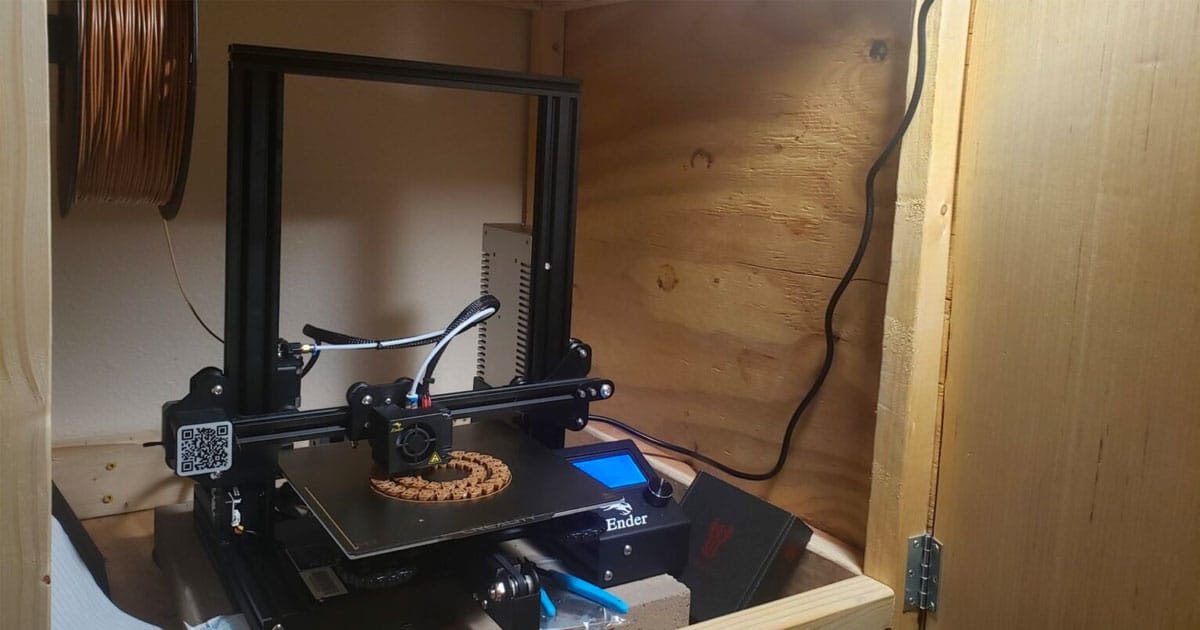
The goal of this legislation is to prevent those who are prohibited from buying a firearm from using a 3D printer to construct individual parts and create a so-called “ghost gun.” New York is on a path to join a lengthening list of states putting restrictions on 3D printers as part of their gun control agendas.
AB A8132 would mandate conducting a criminal background check through the Division of Criminal Justice Services to clear the purchase of any 3D printer able to produce gun parts.
It would establish a correlation between being a convicted felon or having some other status prohibiting firearm possession and buying a 3D printer.
According to the bill, “Any retailer of a three-dimensional printer sold in this state which is capable of printing a firearm, or any components of a firearm, is required and authorized to request and receive criminal history information concerning such a purchaser…The Division of Criminal Justice Services is authorized to submit fingerprints to the Federal Bureau of Investigation for a national criminal history record check.”
The bill stipulates that the government has 15 days to conduct background checks and approve 3D printer sales.
The bill reads, “Within fifteen business days after receiving a request for criminal history information pursuant to this section, the commissioner of the Division of Criminal Justice Services shall review such criminal history information and determine whether such purchaser has been convicted anywhere of a felony or a serious offense or who is not the subject of an outstanding warrant or arrest issued upon the alleged commission of a felony or serious offense which would disqualify such individual from being licensed to carry or possess a firearm.”
The restrictions would extend to online retailers since most 3D printer transactions are not conducted through brick-and-mortar retailers. Online sites such as Amazon account for the vast majority of the sales, though how they would gather fingerprints was not specified.
Exact models were also not specified, but the wording of the proposal dictates any “device capable of producing a three-dimensional object from a digital model.”
Experts note the vast majority of those using 3D printers utilize them to create everyday objects and not firearms. They are increasingly used in education to teach students engineering and design by developing prototypes.
Rajkumar wrote as explanation of her bill, “Three-dimensionally printed firearms, a type of untraceable ghost gun, can be built by anyone using a $150 three-dimensional printer. This bill will require a background check so that three-dimensional printed firearms do not get in the wrong hands.”
At least one law enforcement official lined up behind Rajkumar’s proposal. NYPD Commissioner Edward Caban declared, “To those who think printing 3D guns is the way of the future. You’re wrong.”
There are serious concerns, however, from Second Amendment advocates who object to unilaterally restricting firearm production. There is also resistance from civil libertarians and free speech advocates who argue that banning the designs themselves — which some are attempting to do — is barred by the First Amendment. After all, the restrictions would apply to mere lines of text and code.
Additionally, these devices if the bill becomes law will be regulated as firearms. How does this affect a person who had previous brushes with the law but is now working to improve themselves? Would this law keep them out of engineering?
There are several factors for lawmakers to consider besides the obvious. Second Amendment advocates will keep a close watch on potential effects of this legislation that reach far beyond 3D printers.
